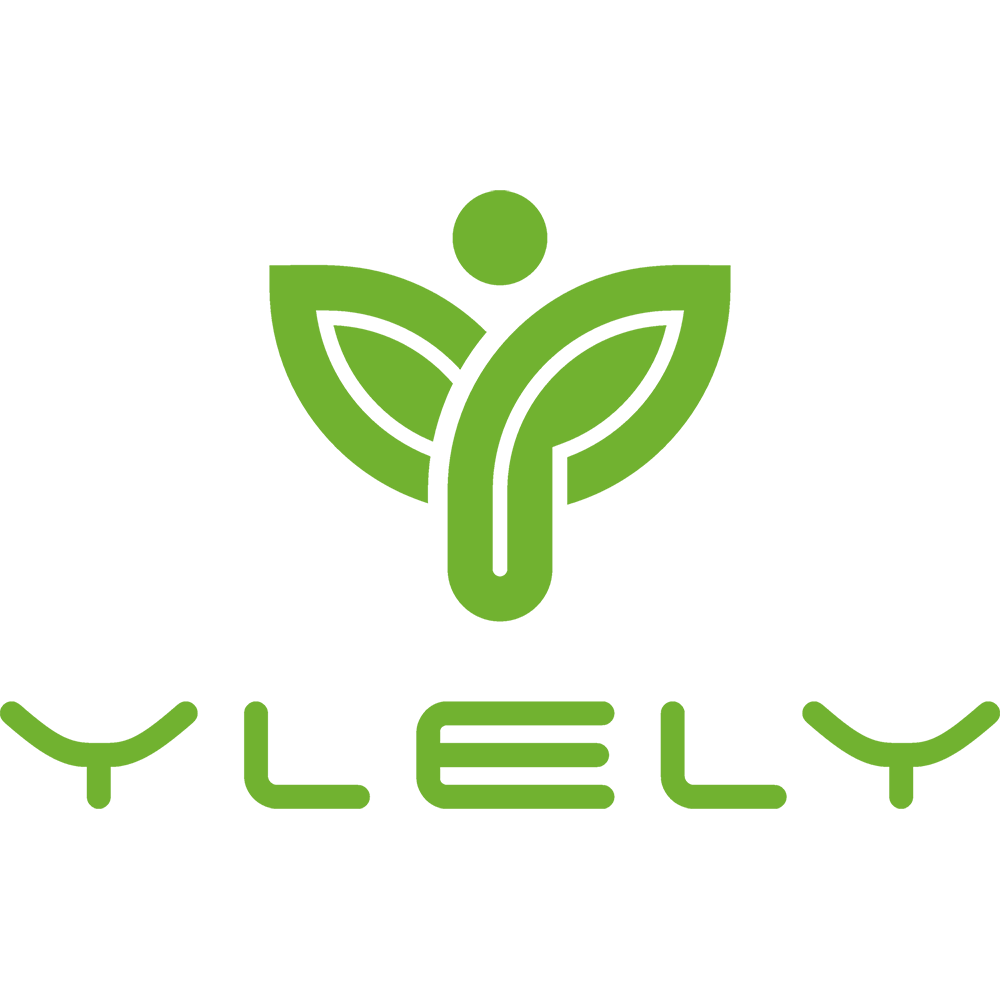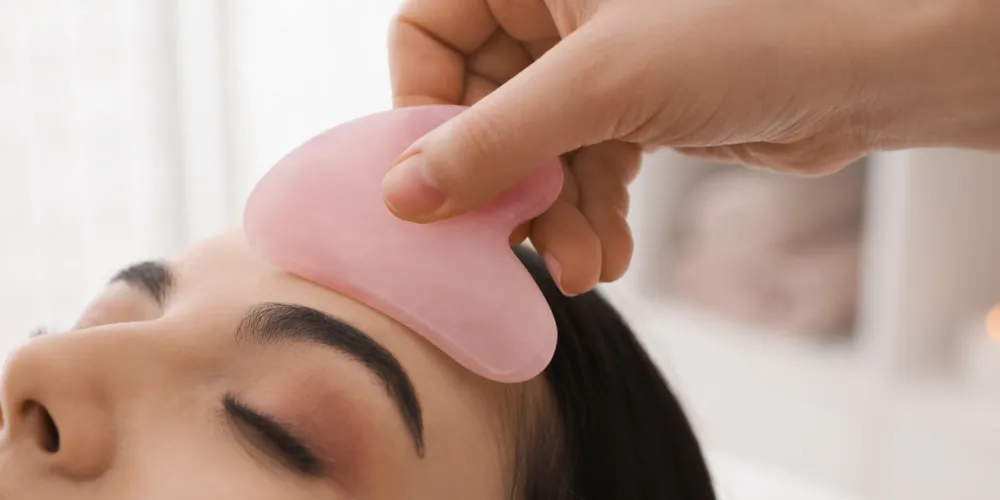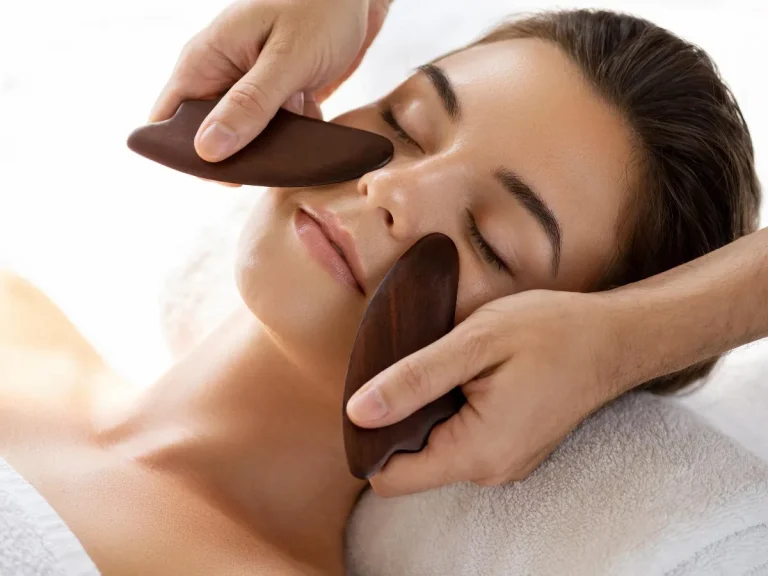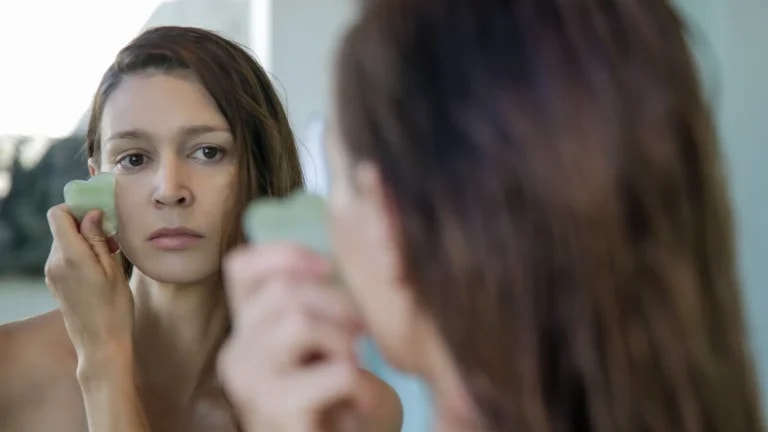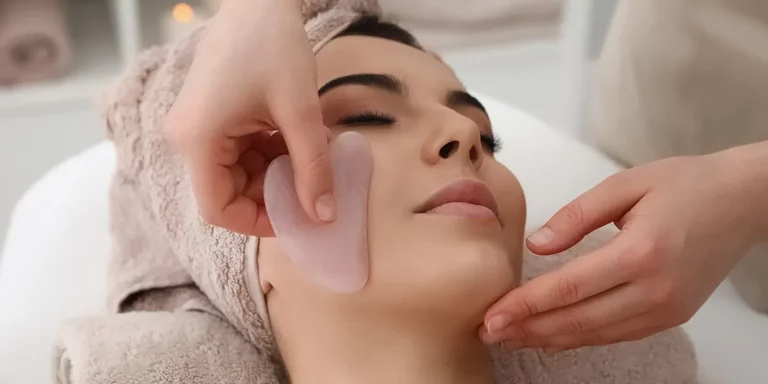Gua sha tools have become increasingly popular in the world of skincare in recent years, thanks to their ability to promote lymphatic drainage, increase blood flow, and reduce inflammation. But for those who are new to gua sha, the thought of adding another tool to their skincare routine can be daunting. In this post, we’ll discuss how often to use a gua sha tool and offer tips for incorporating it into your skincare routine.
How Often Should You Use a Gua Sha Tool?
The frequency of using a gua sha tool largely depends on your skin type and personal preference. Some people may benefit from using a gua sha tool daily, while others may choose to use it a few times a week. If you’re new to using a gua sha tool, it’s a good idea to start with 1-2 times a week and gradually increase the frequency as your skin becomes accustomed to the technique.
It’s also important to listen to your skin and avoid overuse or applying too much pressure, as this can lead to irritation or inflammation. Gua sha should be a gentle and relaxing experience, not a painful one. If you experience any discomfort or redness, reduce the frequency or pressure of your gua sha sessions.
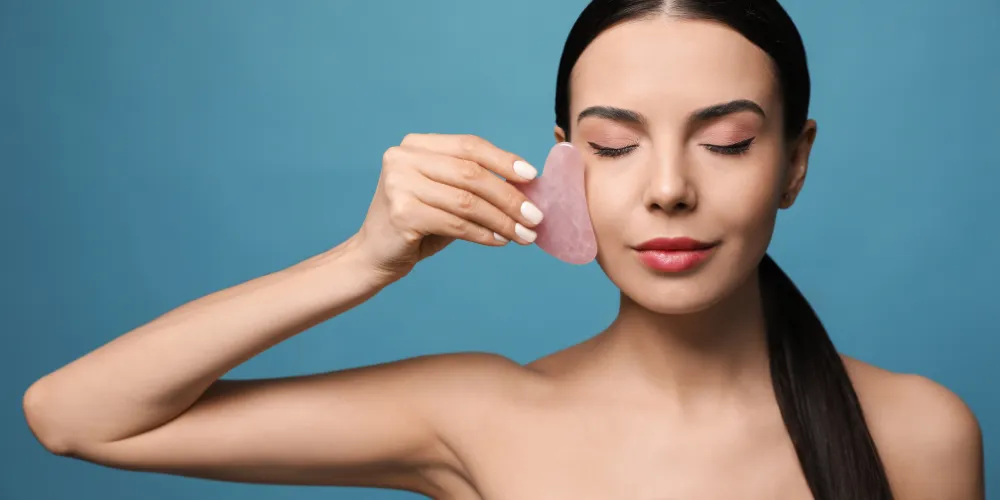
How to Use a Gua Sha Tool
Using a gua sha tool is relatively simple, but there are a few key steps to follow to ensure you’re getting the most out of your tool:
- Cleanse your face and apply a facial oil or serum. This will help the tool glide smoothly across your skin and provide additional benefits.
- Hold the tool at a 15-30 degree angle and use gentle pressure to scrape your skin in upward and outward motions. Start at the center of your face and work your way outwards. Repeat each stroke 3-5 times.
- Use different edges of the tool for different areas of your face. The curved edge is ideal for the contours of your cheeks and jawline, while the straight edge can be used on the forehead and neck.
- Finish with a gentle upward stroke from the center of your chin to your earlobe to encourage lymphatic drainage.
- Clean your tool with soap and warm water after each use.
Tips for Getting the Most Out of Your Gua Sha Tool
- Experiment with different oils and serums to find one that works best for your skin. Jojoba oil and rosehip oil are both great options for most skin types.
- Use a light touch when using your gua sha tool. The tool should glide smoothly across your skin, not drag or pull.
- Try using your gua sha tool on different parts of your body, such as your arms or legs, to help reduce tension and promote circulation.
- Store your gua sha tool in a cool, dry place when not in use. Avoid leaving it in direct sunlight or near a heat source.
- For an extra indulgent experience, use your gua sha tool after applying a face mask. The tool can help to push the mask deeper into your skin and enhance its benefits.

Precautions and Safety
While gua sha tools are generally safe to use, it’s important to use them responsibly. Avoid using them on broken or inflamed skin, or on areas with active acne or other skin conditions. If you have sensitive skin, start with a gentler tool or consult with a skincare professional before trying gua sha.
Additionally, it’s important to avoid overuse or applying too much pressure. Gua sha should be a relaxing and gentle experience, not a painful one. If you experience any discomfort or redness, reduce the frequency or pressure of your gua sha sessions.
It’s also important to note that gua sha is not a substitute for professional medical treatment. If you have any concerns about your skin or overall health, consult with a healthcare professional before incorporating gua sha into your skincare routine.
In conclusion, a gua sha tool can be a great addition to your skincare routine, providing numerous benefits for your skin and overall well-being. By following the tips and guidelines outlined in this post, you can safely and effectively incorporate a gua sha tool into your routine, leaving you with a glowing, healthy complexion.
